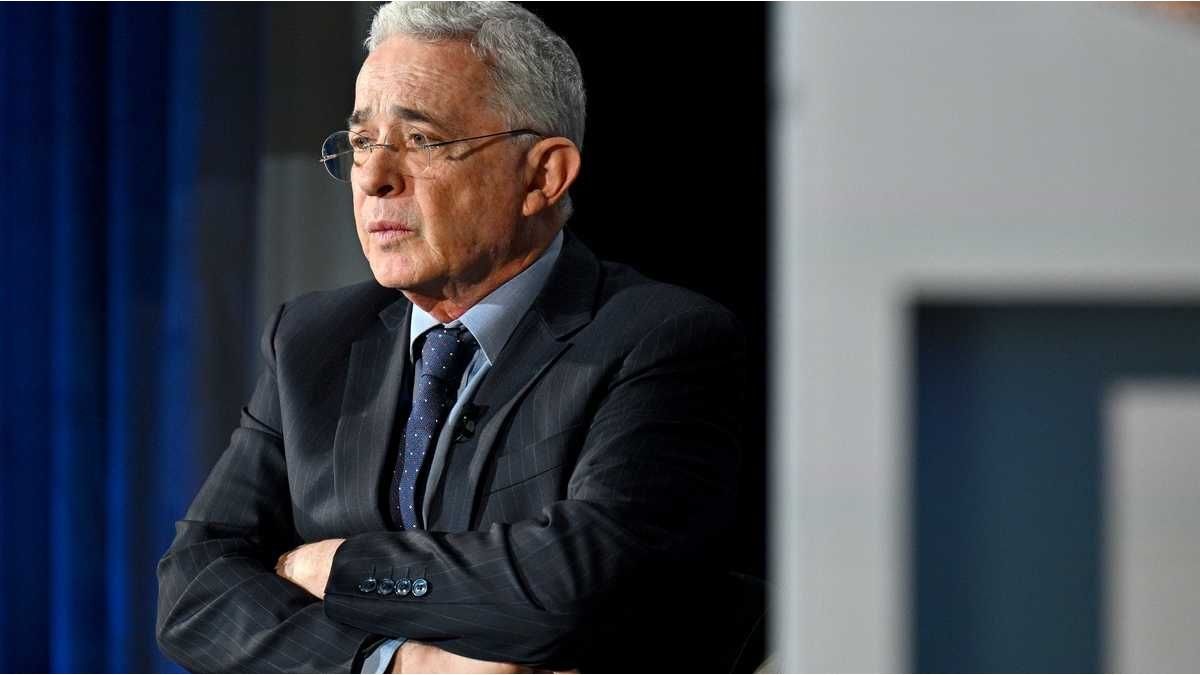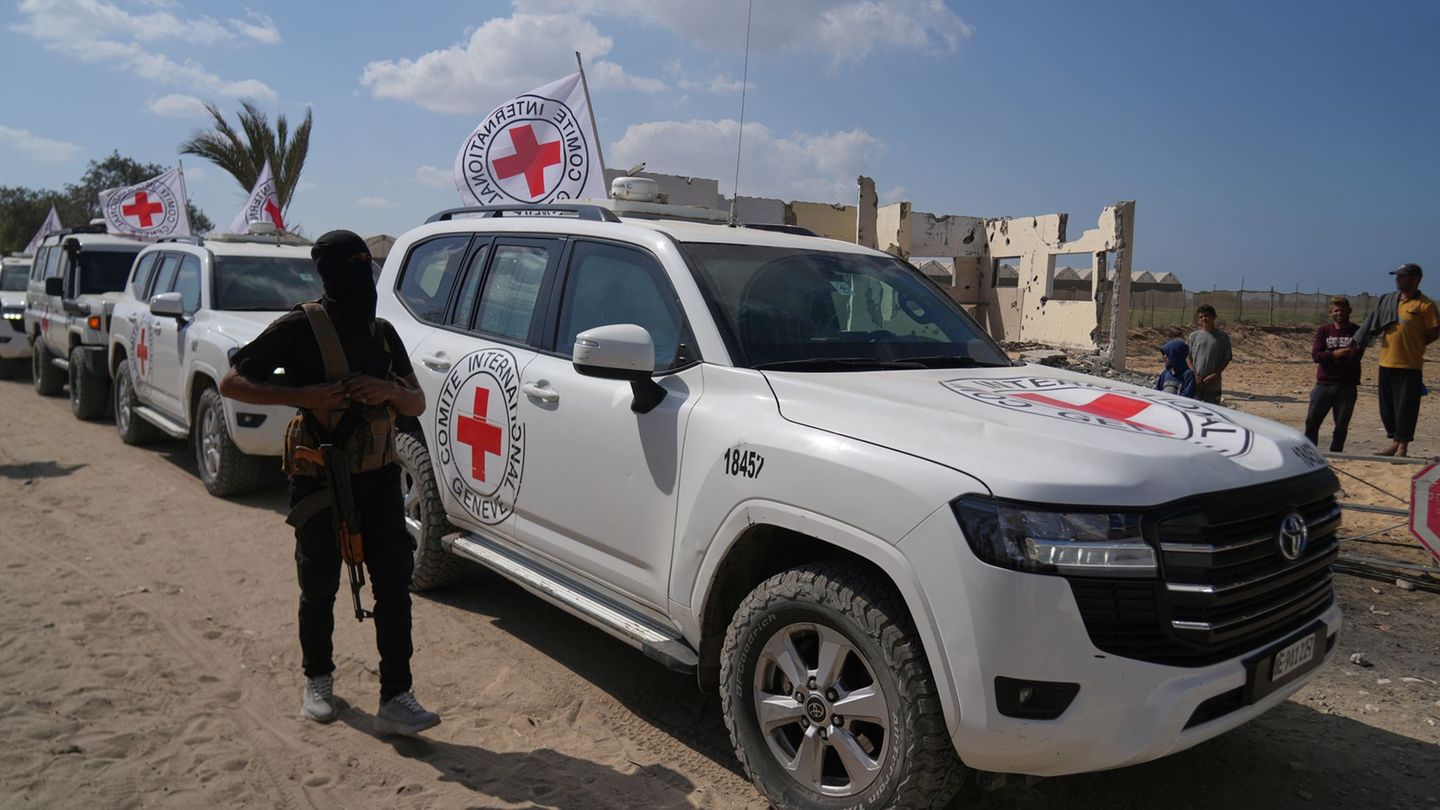I am an author and journalist who has worked in the entertainment industry for over a decade. I currently work as a news editor at a major news website, and my focus is on covering the latest trends in entertainment. I also write occasional pieces for other outlets, and have authored two books about the entertainment industry.
Menu
Deal between Israel and Hamas: Breakthrough in the Gaza conflict: hope and skepticism
Categories
Most Read
International Pasta Day: origin and where to eat the best in Buenos Aires
October 21, 2025
No Comments
Recommended for people over 60: effective exercises to improve balance and mobility
October 21, 2025
No Comments
What does it mean to drive the car with your elbow out, according to psychology
October 21, 2025
No Comments
Cervical and lumbar pain: what causes them and what can be done
October 21, 2025
No Comments
Latest Posts

The Superior Court revoked the conviction of Álvaro Uribe for bribery and procedural fraud
October 22, 2025
No Comments
October 22, 2025 – 00:07 The ruling annulled the twelve-year prison sentence against the former Colombian president and questioned the assessment of evidence in the

Gaza Accords: Bodies of hostages handed over by Hamas identified
October 22, 2025
No Comments
IvanI have been working in the news industry for over 6 years, first as a reporter and now as an editor. I have covered politics

Survey: Many people buy Advent calendars for themselves
October 22, 2025
No Comments
Opinion poll Many people buy Advent calendars for themselves Copy the current link Add to watchlist Not just for children: the anticipation of Christmas is
24 Hours Worlds is a comprehensive source of instant world current affairs, offering up-to-the-minute coverage of breaking news and events from around the globe. With a team of experienced journalists and experts on hand 24/7.

